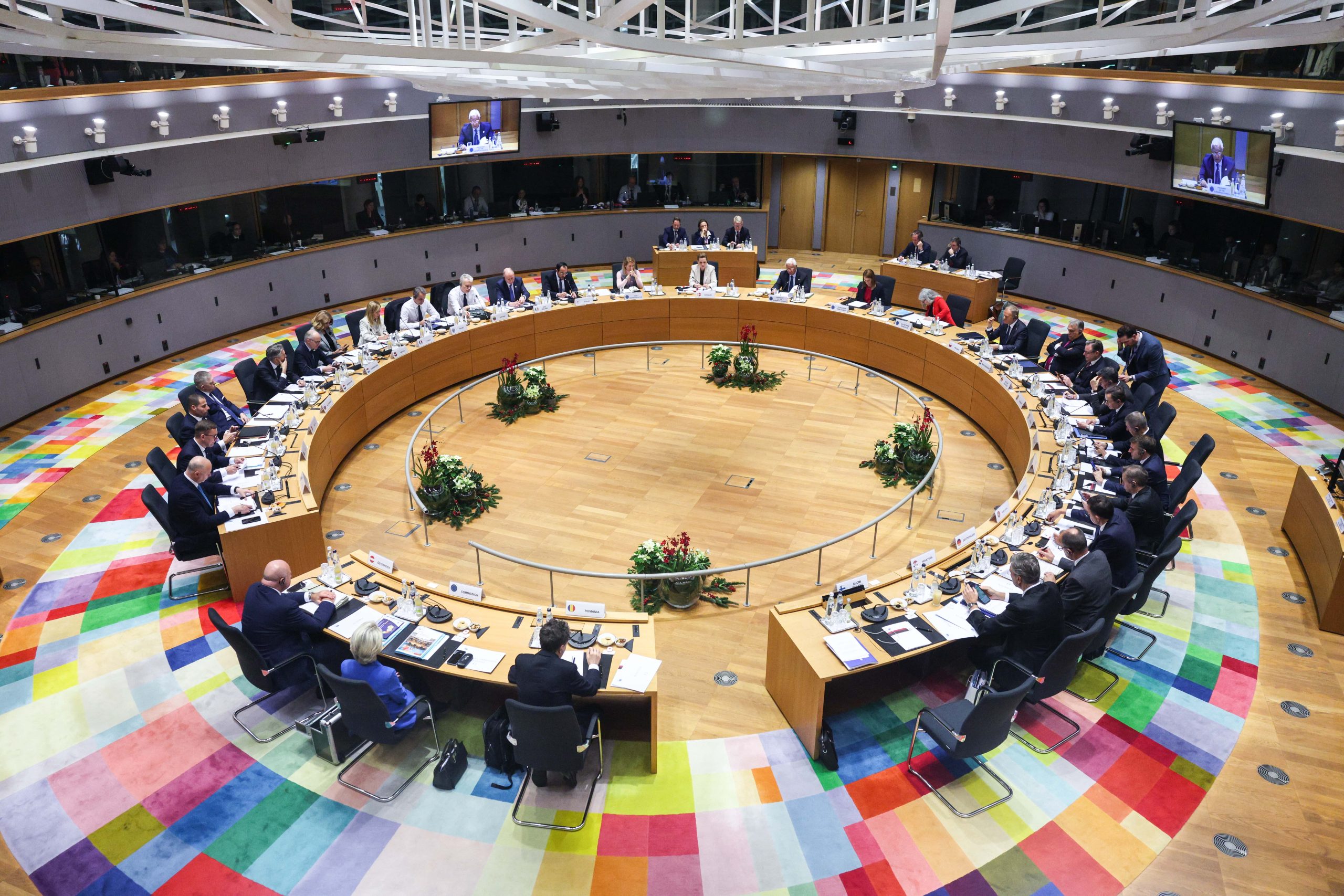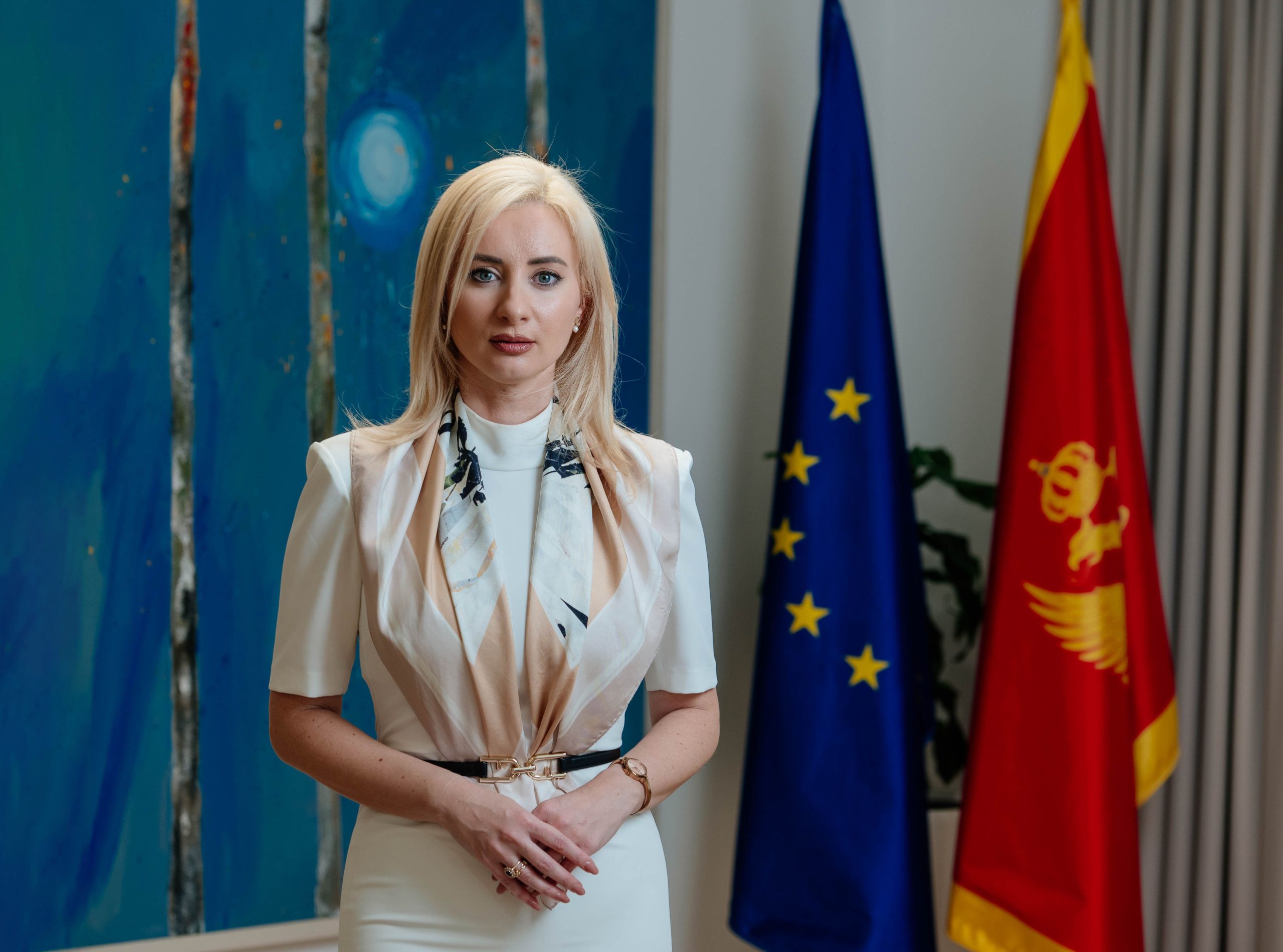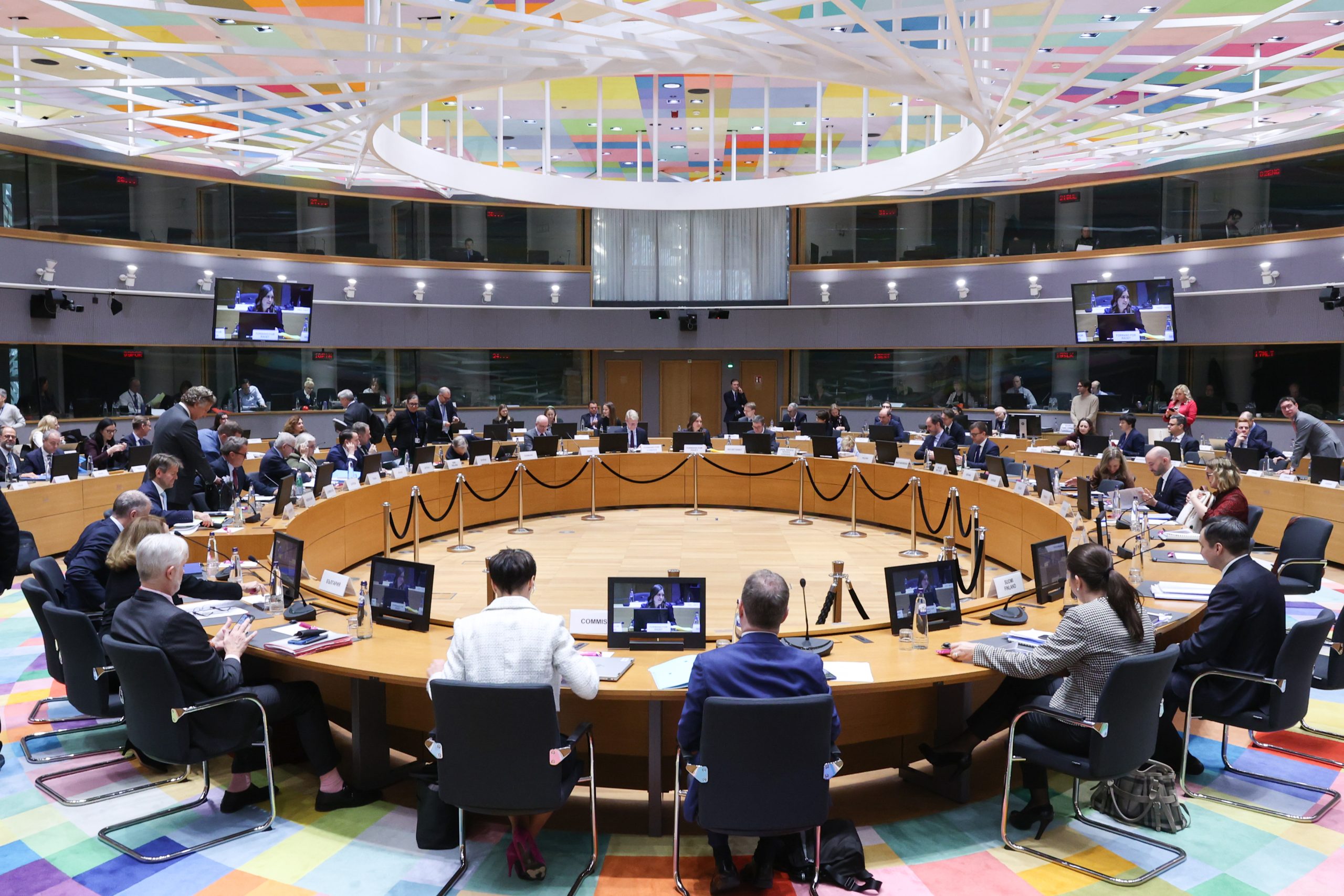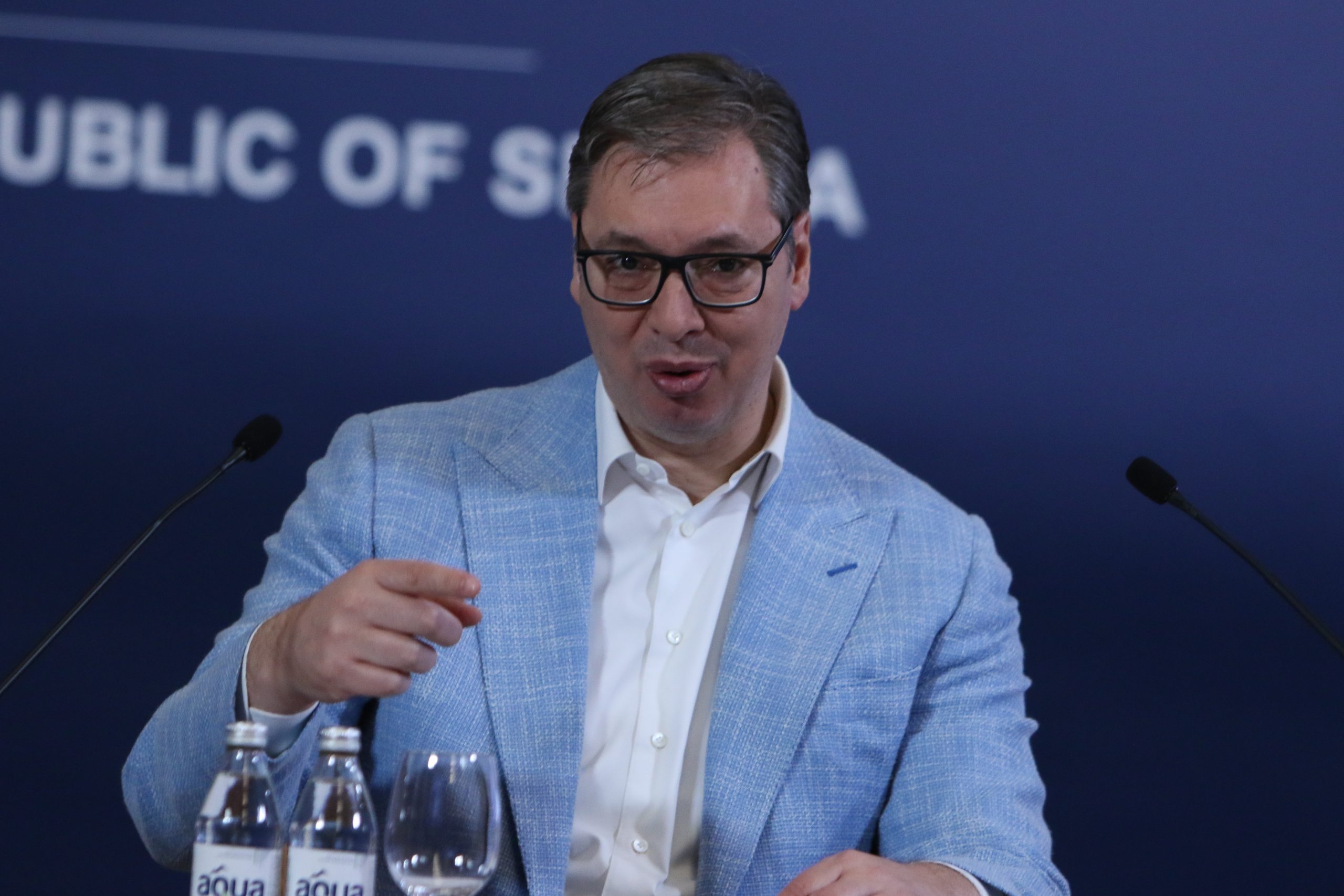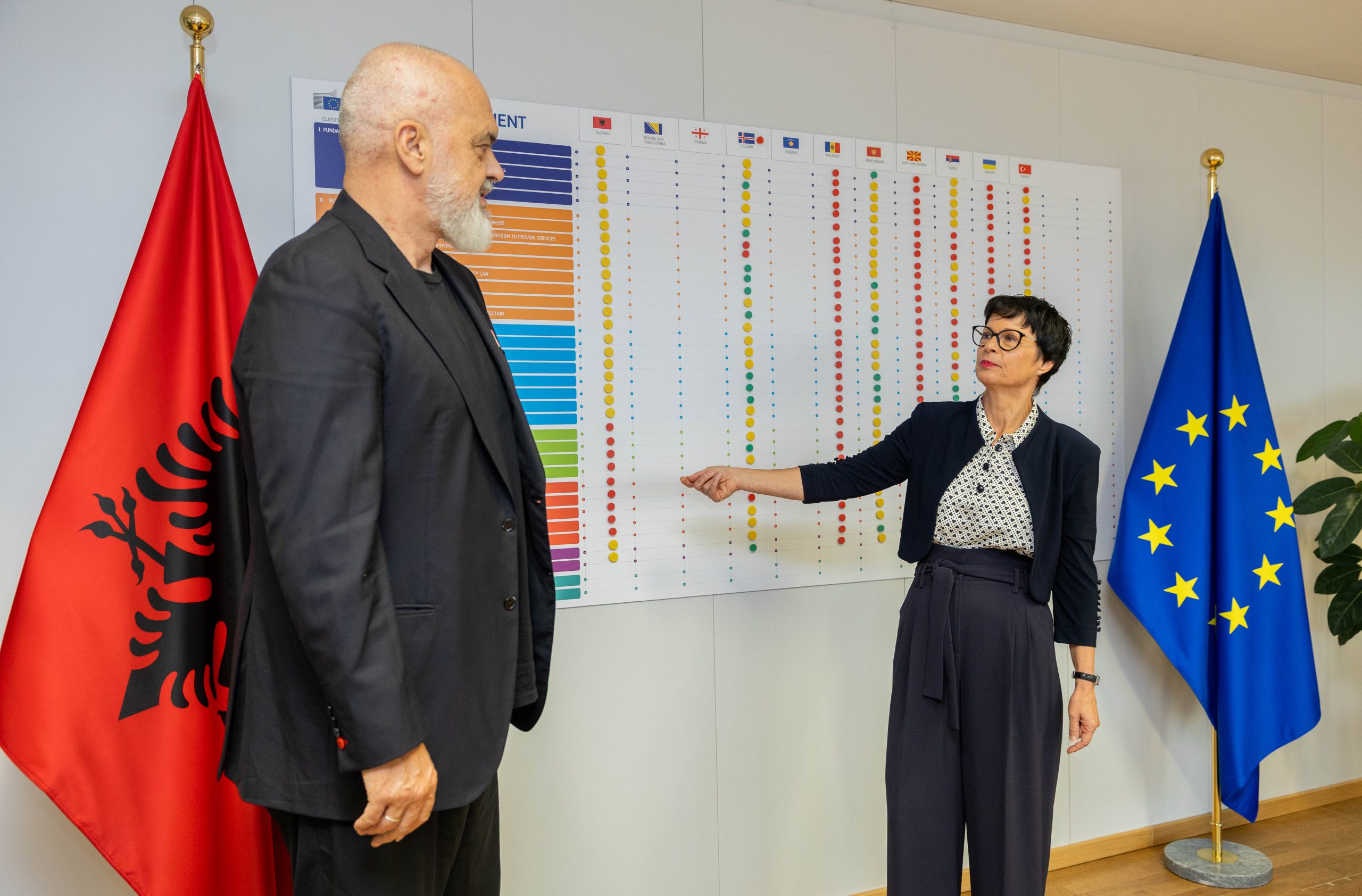This piece was originally published on BiEPAG blog.
The 2024 presidential elections in North Macedonia are shaping up to be the closest contested elections in recent memory, while simultaneous parliamentary elections provide additional programs and up the stakes in the contest. As the presidential candidates’ campaigns draw to a close, citizens have a wide spectrum of candidates to choose from, whose political positions stretch from the far left to the far right. Considering the party endorsements for these candidates this dual election is shaping up to be particularly challenging for the main centrist parties. They are faced with the dilemma of how to reach out and dialogue with various up-and-coming challengers.
Although initial polls indicate a victory for the center-right VMRO-DPMNE, however, whether it can form a government or whether its presidential candidate can attract a greater number of votes in the second round, may well depend on its ability to compromise on key issues, some of which, for its electoral success and popularity with its base are crucial issues. Two trends emerge from this pre-electoral period: divisive and polarizing rhetoric from presidential candidates and difficulty with pre-negotiating potential electoral coalitions.
Challengers within both the Macedonian and Albanian blocks will try to unsettle the ruling government coalition in an effort to further diversify the assembly. Nevertheless, before elections day, we can observe and analyze what is being offered in written form, through party programs and social media. Taking stock of previous electoral cycles and the parties’ programmatic offers, we can have a glimpse at the direction of rhetorical development for said parties..
We take advantage of several computational methods, such as automated text analysis, including text mining, and social media data analysis to explore parties’ positions. The analysis is based on all available documents from 2010 until 2021 and focuses only on the political parties that have published their programs in written Macedonian. The analysis excludes parties whose programs are extremely short, or party programs that are not published in machine-readable format. Moreover, we have manually validated the length of the party program and inspected the frequency of terms that can potentially drive parties’ position.
The analysis is based on supervised methods for ideological scaling – wordscores. The method relies on external sources to assess the end points of the scale. For this purpose, we have relied on the ideological positioning scores of the Chapel Hill Expert Survey, which provide only provisional scores. In the second step of our analysis, our model scores each individual word from the text and uses the assigned initial score to place it on the two dimensions. We position parties both on the left-right and GAL-TAN ideological scale. For instance, words such as social, health, reduction, or integration will pull the party program position towards the left, while words such as budget, project, or development will be given more weight toward the right.
There is surprisingly little variation among the political parties when it comes to their left-right positioning (figure 1). Namely, except for 2 parties in 2020, Leica and Integra, the majority of the other parties are clustered in the middle. Unsurprisingly, Levica had the most leftist program, while Integra’s campaigning from 2020 reflects their far-right status. During the last parliamentary elections, there was a substantial shift of SDSM and VMRO-DPMNE in different directions. Whilst SDSM program moved to the left compared to all its previous programs, VMRO-DPMNE’s 2020 parliamentary elections program moved more to the right.

Second, we looked at the parties’ positioning on the traditionalist-integrationist axis, GAL-TAN. We observe that most of the parties during the entire period of analysis are slightly more right-skewed, towards the traditionalist spectrum. Particularly noticeable are the positions again of Levica and Integra, which are now close to each other.
Such a position of Levica is a result of the rather aggressive language that the party used in its campaigning process in 2020, which has focused on “Prespa agreement” and its campaigning for a more eclectic positioning of the country vis-à-vis the West in what it claims to be a multipolar world. SDSM’s 2020 party program rested on the idea of the countries’ membership in the EU, which is also reflected in its positioning on the GAL-TAN scale. We can also notice a marginal shift in VMRO-DPMNE’s 2020 program more towards the right.
We notice more diverse trends along the ideological spectrum for the 2020 parliamentary elections. Lastly, Twitter activity, from the last parliamentary elections in 2020, of the two leading candidates of the two largest political parties indicates that these parties tend to moderate their rhetoric on social media compared to the party programs from the same year. We see a shift of almost 1 point of VMRO-DPMNE’s position towards the center. SDSM also shifts towards the center, i.e., more rhetoric compared to its program. However, it is important to note that these shifts are in the opposite direction.
The disappointment with the EU integration process in the last couple of years and the perineal unresolved bilateral issues that keep popping up seem to be driving the parties more towards the traditionalist axis, even during these elections. Even though the EU integration process will continue to be the focal point of the parties’ agendas, the interlinked bilateral issue with Bulgaria and the country’s global positioning is also close to being defining issues.
When it comes to the left-right axis, the declining standard of living for citizens, growing inflation, joined by multiple ongoing health policy challenges, and widespread and rampant corruption are at the top of the keywords identified in the analysis. Therefore, as the elections start to heat up, citizens should expect an extremely diverse offer along both the left-right and integrationist-traditionalist ideological spectrum.


